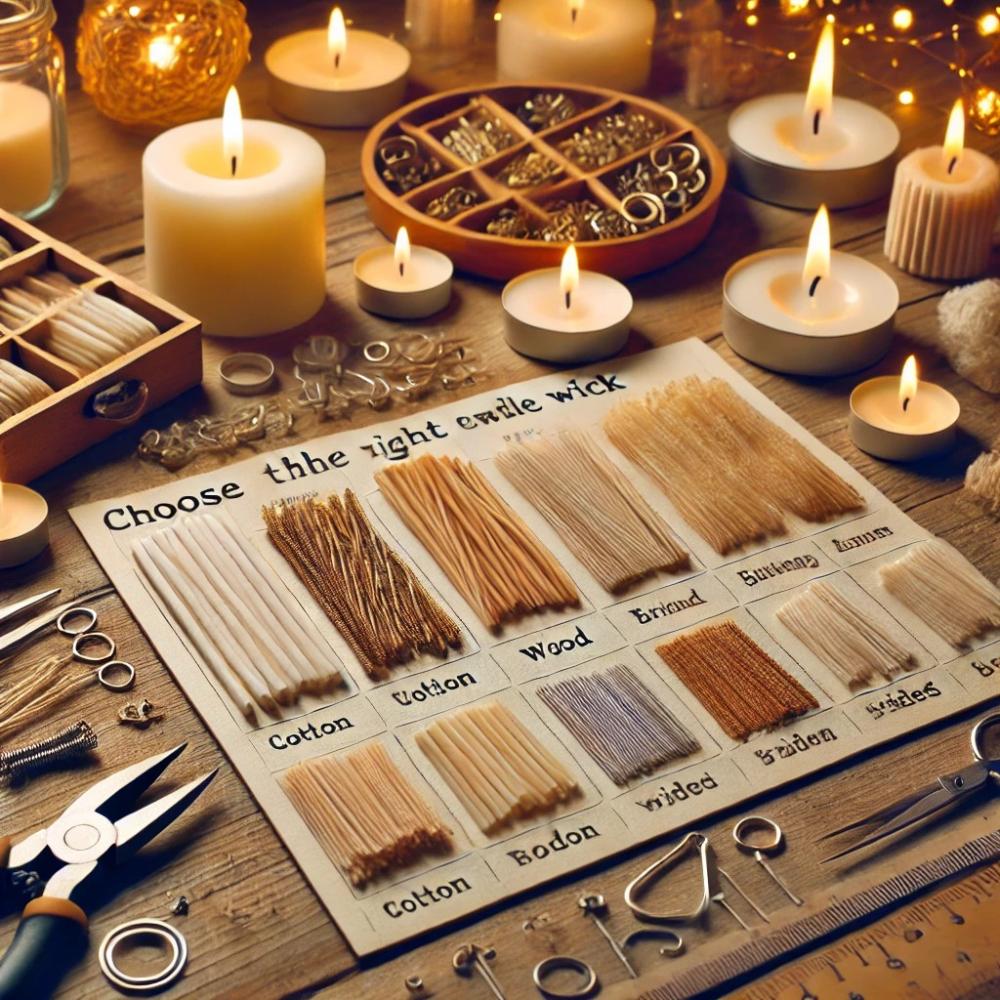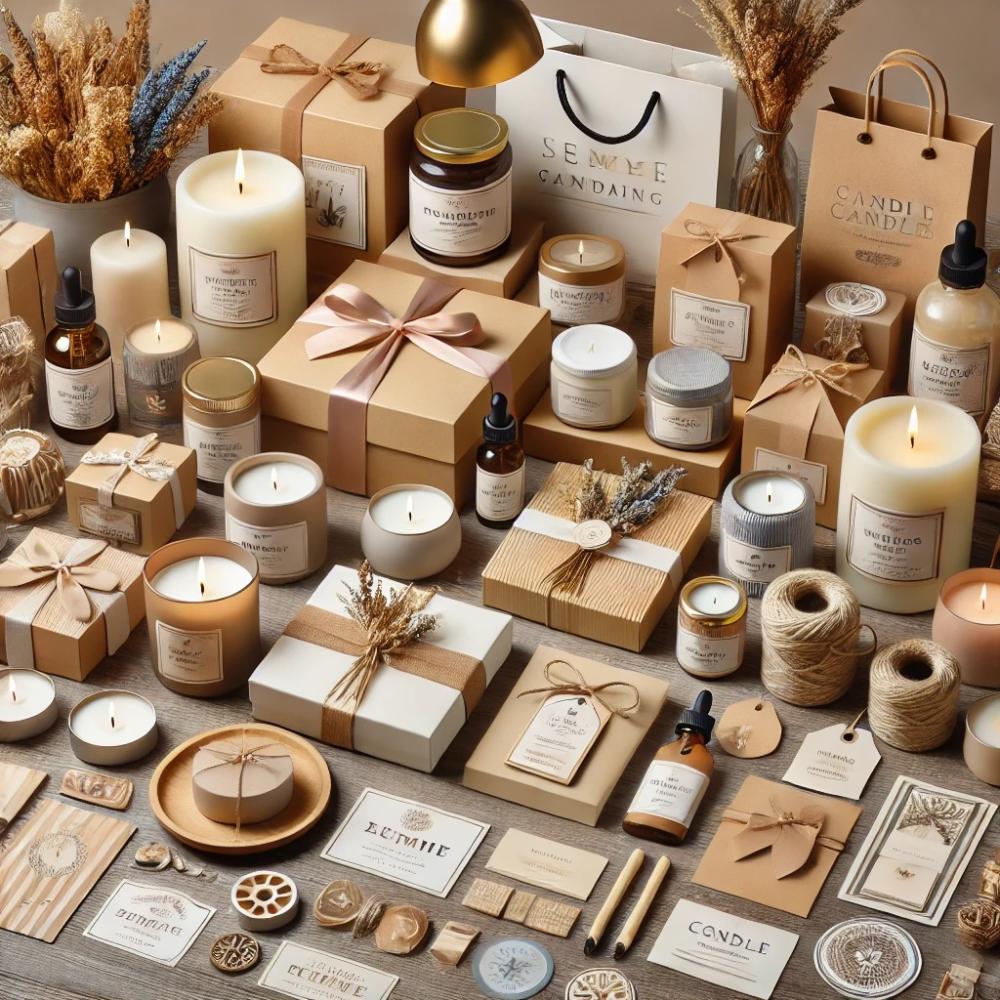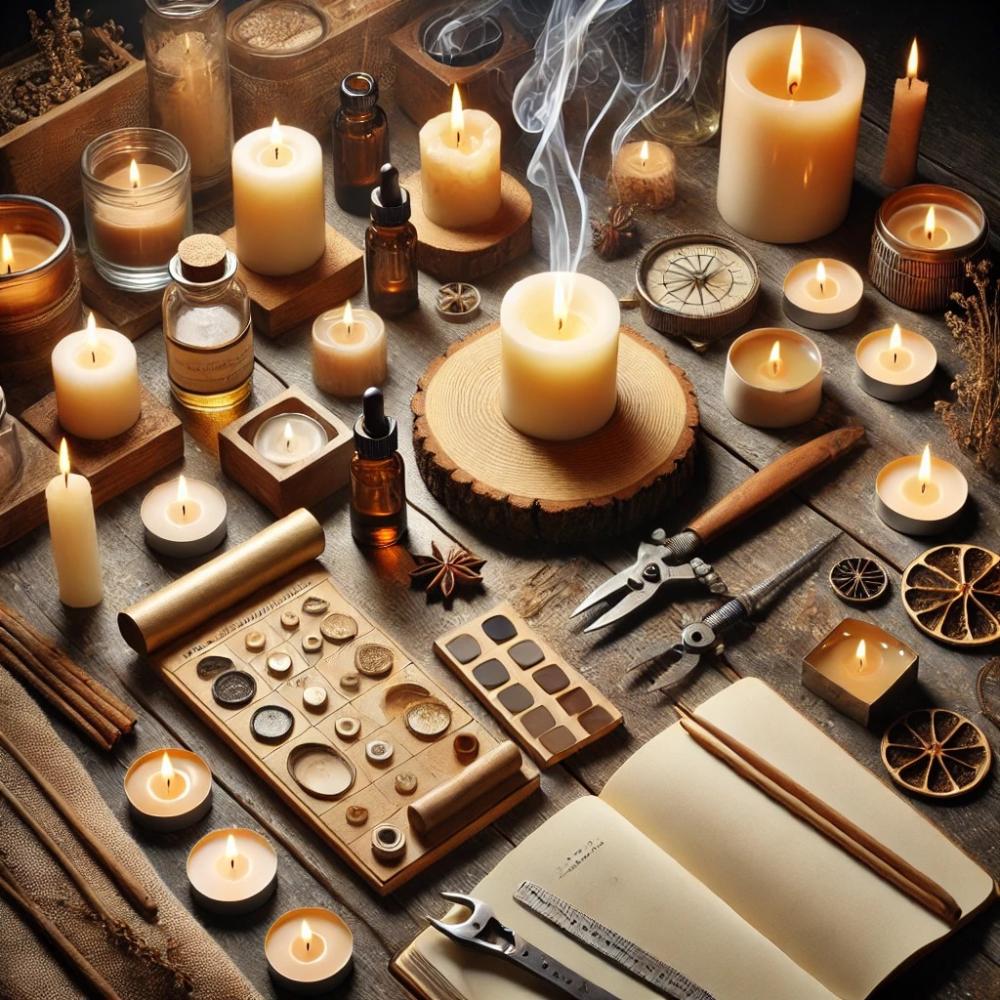Choosing the right wick is a crucial step in candle making, as it directly affects the quality of the burn, the diffusion of the fragrance, and the candle's lifespan. It may seem simple, but there are several factors to consider when selecting the perfect wick, such as the type of wax used, the size of the candle, and the fragrance added. In this lesson, we'll cover all the details of how to choose the right wick to achieve professional and perfect results for your candle.
1. The importance of choosing the right wick
The wick is the heart of the candle, transferring heat to the wax and determining how it burns. Choosing an unsuitable wick can lead to numerous problems, such as:
- Uneven burning : Choosing a wick that is too small may result in a hole forming in the middle of the candle and leaving the sides unmelted.
- Excessive smoke : Choosing a wick that is too large can cause a lot of black smoke and an unpleasant odor to be produced.
- Rapid melting : The large wick causes the candle to melt very quickly, reducing its lifespan.
2. Factors affecting wick selection
a. Candle size
The larger the diameter of the candle, the larger the wick you need. Wick selection depends primarily on the candle's width, as the wax in the center of the candle requires more heat to melt evenly.
- Small diameter candles (less than 5 cm) : Use a thin wick such as small cotton wicks.
- Medium diameter candles (5 to 7 cm) : These candles need a medium-sized wick to ensure even burning.
- Large diameter candles (over 7 cm) : Use a thick wick, or sometimes two wicks, to achieve proper heat distribution.
b. Type of wax used
The type of wax used greatly affects the choice of wick. Some types of wax require a thicker wick to burn properly due to their density or oil content.
- Paraffin wax : It requires a thinner wick compared to other types of wax due to its rapid melting.
- Soy wax : Because it is denser, it requires a larger wick to allow the wax to melt evenly, especially when using soy wax intended for molds.
- Beeswax and palm wax : require a thick wick due to their high density.
- Gel wax : Requires a very strong wick (usually made of cotton) because it needs high heat to melt.
c. Perfumes and added colors
If you add essential oils or colors to the candle, it affects the wick's performance. Perfumes and essential oils increase the wax's density, so you'll need a slightly larger wick.
- Tip : When using a high percentage of essential oils, choose a wick one degree thicker to ensure perfect burning.
3. Common types of wicks
A. Cotton wicks
Cotton wicks are among the most common types used in candle making. They come in various sizes to suit all types of candles. They are characterized by their clean and consistent burning.
- Suitable candles : scented candles, pot candles, pillar candles.
b. Wooden wicks
The wooden wicks add a modern and aesthetic touch to the candle, in addition to making a light crackling sound while burning, which adds a warm and comfortable feeling.
- Suitable candles : luxury candles, large candles with a wide diameter, candles with natural fragrances.
c. Treated wicks (wax-coated)
These wicks are coated with wax to improve burning. They are commonly used in scented candles to ensure a stable and clean burn.
- Suitable candles : scented candles, pillar candles, pot candles.
4. Tips for choosing the right wick
A. Wick test
You may need to test several types and sizes of wicks before determining the most suitable one. Test the candle after it has been poured and cooled. Light it and observe how it burns for two to four hours.
- What to watch for :
- The burnt hole : The hole should reach the edges of the candle without leaving any unburned sides.
- Smoke : If there is excessive smoke, it means the wick is too large.
- Even burning : Make sure the flame burns steadily and without fading or growing abnormally.
b. Use wick charts
There are charts available online that provide recommendations for wick size based on wax type, candle size, and fragrance ratio. Use these charts as a starting guide.
c. Avoid scented wicks
Choose unscented wicks, especially if you're using essential oils in your candle. Scented wicks can affect the diffusion of the fragrance.
5. How to properly install the wick
Choosing the right wick isn't enough; it must also be properly secured in the candle. Make sure the wick is centered in the mold using a base to hold it in place, and keep it steady while pouring the wax so it stays put as it cools.
Conclusion
Choosing the perfect wick for your candle is essential for ensuring an even and beautiful burn. By considering the candle size, wax type, and fragrance level, you can select the wick that best suits your project. Don't hesitate to experiment with different types and sizes of wicks to discover what works best for you.




